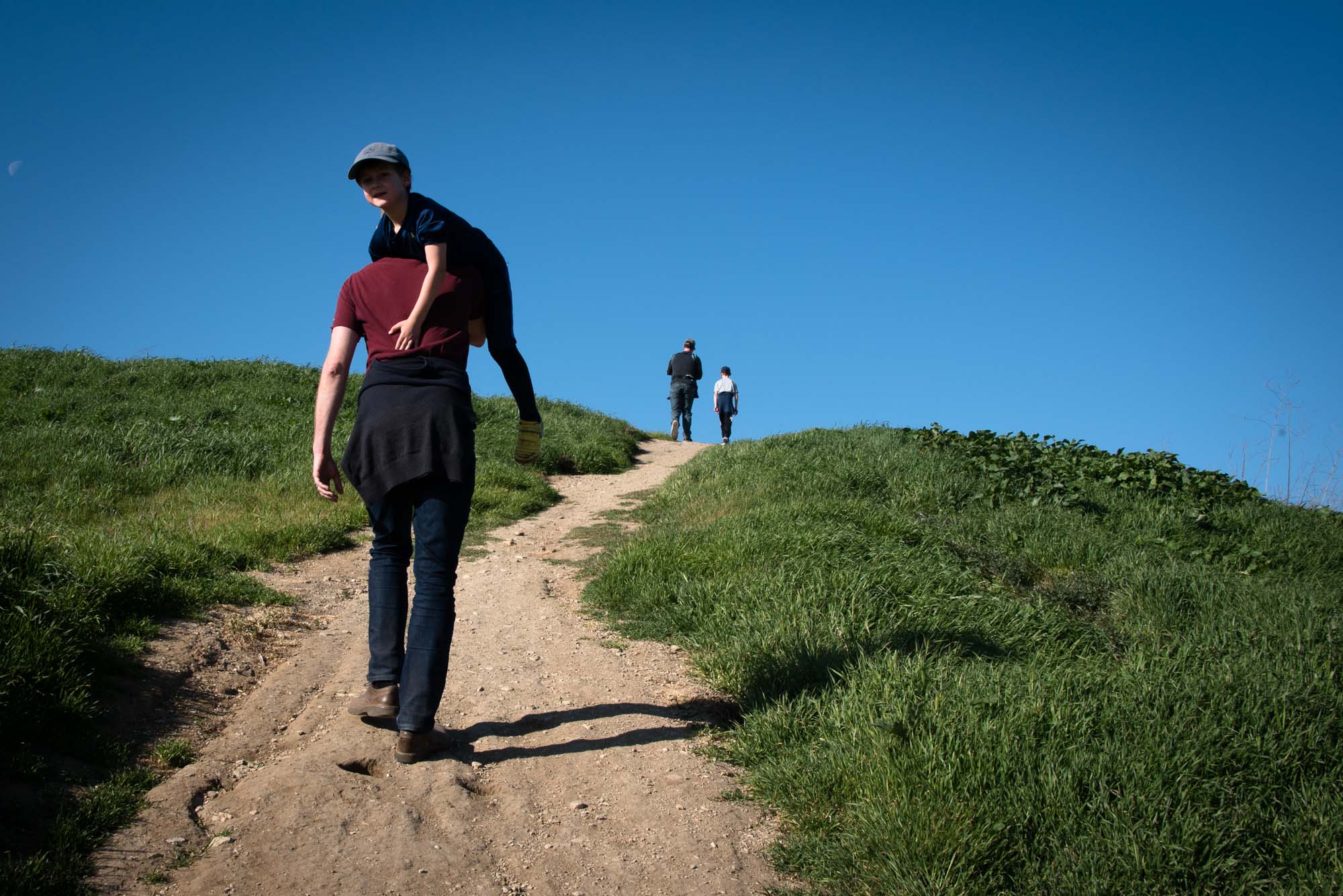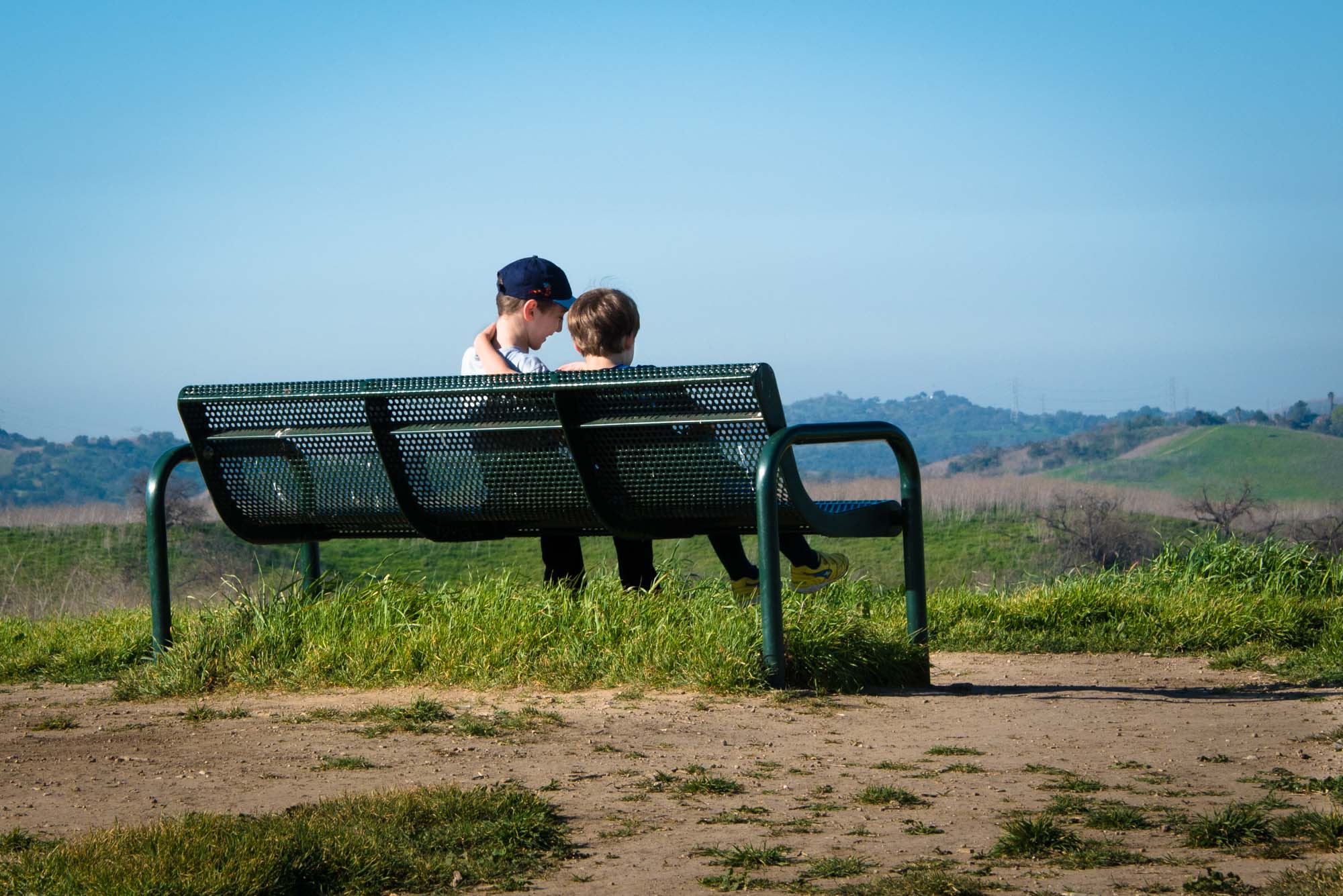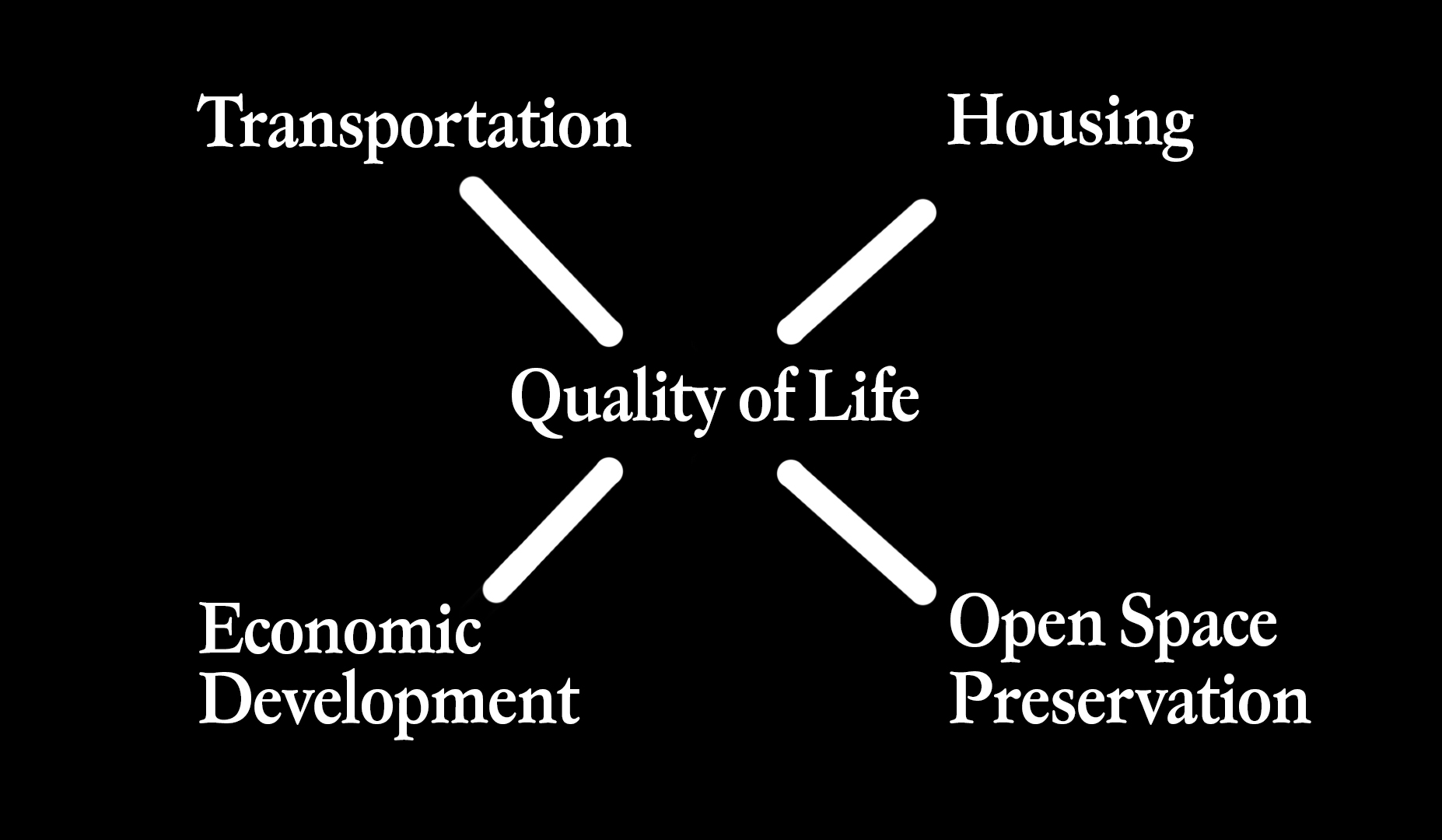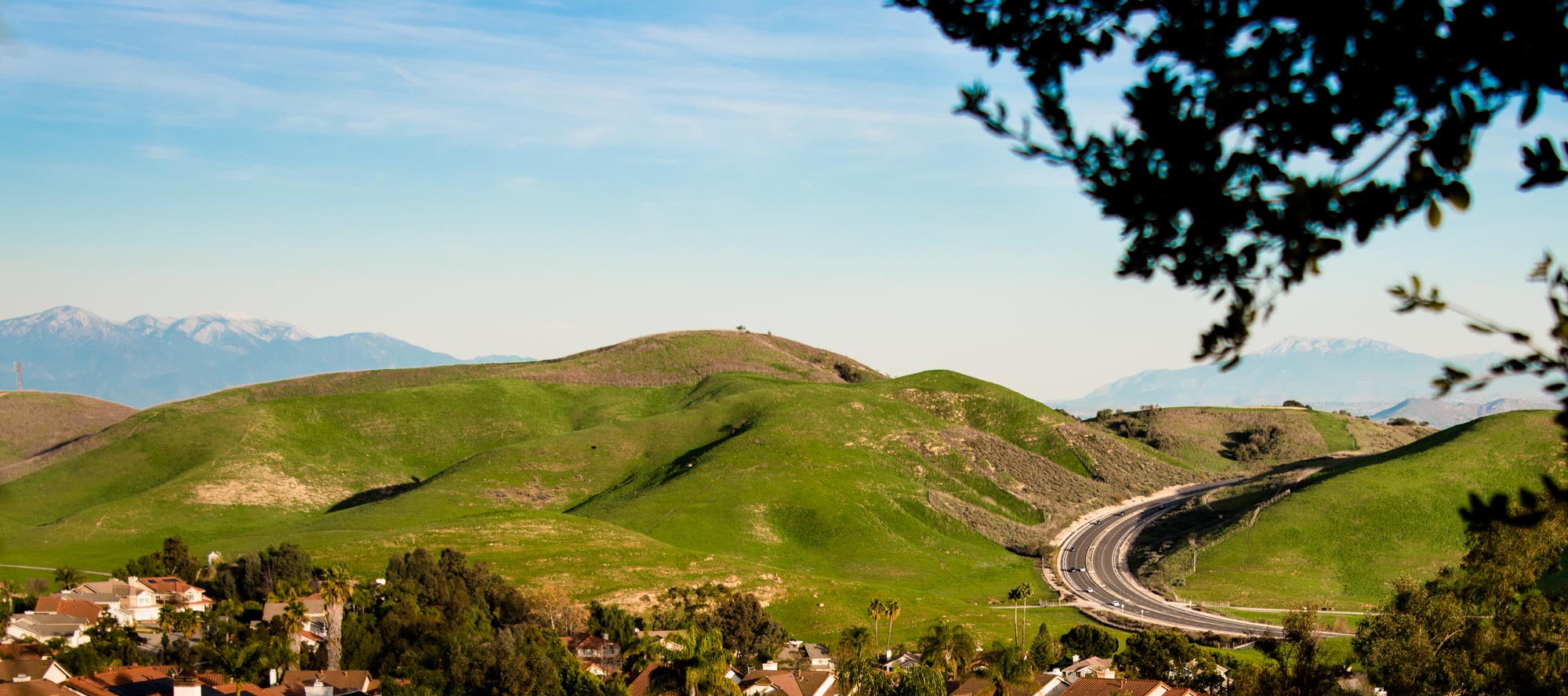Responsible Land Use
Planning Priorities


Access to natural open space has been shown to improve city residents' quality of life in many different ways.
Research abounds on this topic, for example, a USDA publication states: "Studies show that people living near parks and green space have less mental distress, are more physically active, and have extended life spans.
Exposure to nature may impact human mortality from chronic disease. When people exercise outdoors in natural environments, they do so for longer periods of time and at greater intensities. Positive health effects are enhanced when green space includes the presence of water, or blue space. There is also strong evidence that time spent in nature can improve the attention capacity of children with attention deficit disorders. Similarly, some research shows that inner-city children who grow up in public housing buildings with a view of nature have greater impulse control and are able to concentrate better and delay gratification longer." ...Read More of the research summary.
Much more research exists on this topic. For example this, and this, and this.

City planners, often overwhelmed with other priorities, routinely destroy our natural open spaces in the name of progress.
City planners often see our natural open spaces as liabilities instead of assets. What they don't often realize, is that natural open spaces provide tangible financial benefits to a community.
Hills for Everyone has been saving open spaces for more than 25 years. A page on their web site lists a large number of tangible financial benefits natural open spaces offer a community. Read that here.
In short, tangible financial benefits include: increased property values, natural open spaces attract new business, natural open spaces cost less to maintain than developed land, and that residents enjoying natural open spaces spend money doing that. The list names many more.
Our goal is to make the land we are trying to save part of Chino Hills State Park. State parks are important to the local economy. If we were to succeed, Diamond Bar, as a new gateway community, would benefit economically.
"A recent study found that for each trip to a state park, visitors spend an average of $57.63 in the neighboring communities. Visitors generate so much local economic activity that every dollar spent on state parks creates another $2.35 for California’s treasury."

Many in government and planning circles see our our natural open spaces as prime locations for needed housing.
But, remember, California law states that all elements of a city's general plan have equal weight. This means we must balance all of our priorities. The keyword, here, is balance.
For example, Diamond Bar and Chino Hills have some of the most congested traffic in the region. Developers have proposed building 10,000 houses in Tres Hermanos alone. Now, think about how much additional traffic 10,000 housholds would place on our already crowded streets. Think what that would do to our air quality, to the additional heat all that pavement would generate, not to mention the destruction of our sense of "country living."
So, what to do? The answer is that it is indeed possible for us to accomodate all of our required housing units without paving over our natural open spaces, but we must think about finding the proper balance first. To find that balance, we'll need to come up with new visions of how we think about our cities. That is the rub. That is our challenge. Because, while those visions do, in fact, exist, there are not a lot of implemented examples for city leaders to see. The problem is, with all of our major land use planning priorities in a state of crisis, old ways of thinking about city planning simply don't work any more.
Our transportation infrastructure is maxed out. We're cronically short of affordable housing. Our natural open spaces have been critically depleted. And with this pandemic, our economic development just went even more critical. All of the simple answers, all the low hanging fruit, as it were, which look at only one of these four critical priorities have already been exhausted. We must now boldly embrace new visions of how we will best remake our cities going into the future. These must be visions which support us as people.
Along with saving our natural open spaces, Responsible land use also supports responsible development which finds the proper and lawfully mandated balance of our major land use priorities, all of which, as we all know, are in a state of extreme crisis.
Bottom line, we advocate responsible city planning, planning which supports a citizen's quality of life. If we fail to embrace new ways of thinking, our quality of life will continue to erode. Is that what we want?

Thought experiment: Think about driving on Grand Ave. between Diamond Bar and Chino Hills. Don't you feel better just driving through that natural open space?